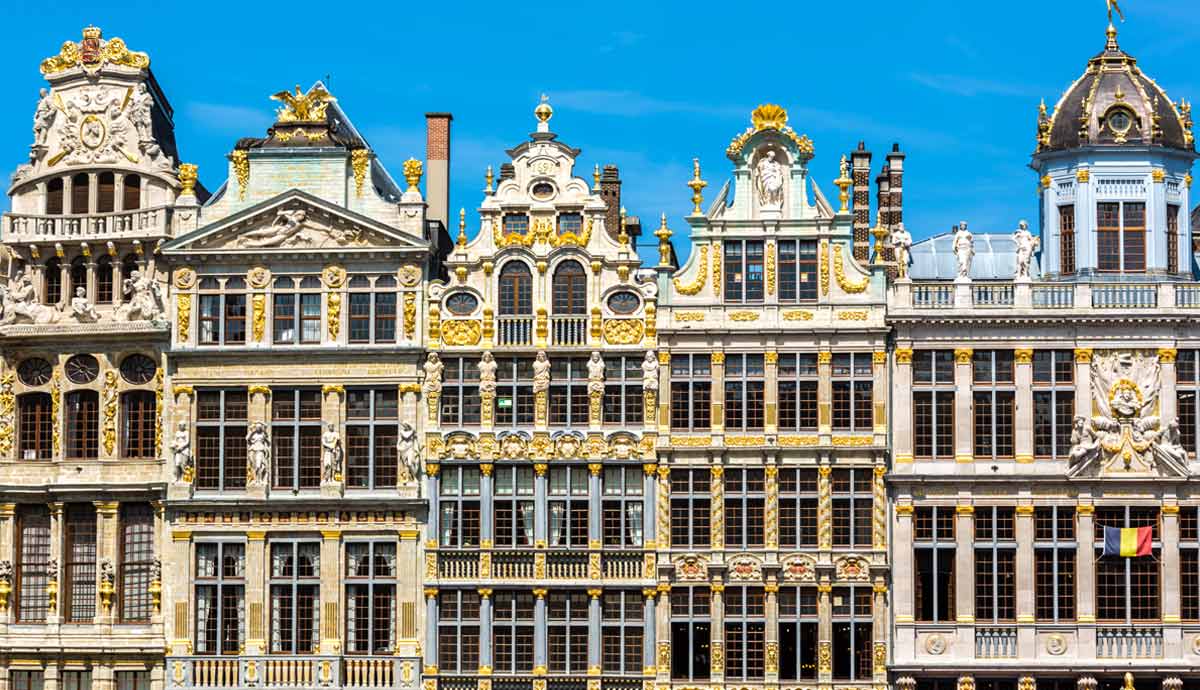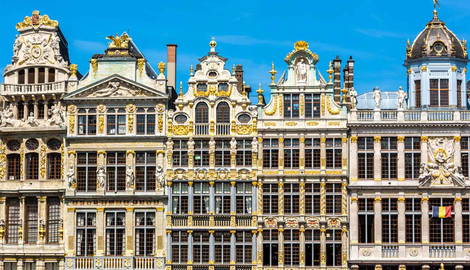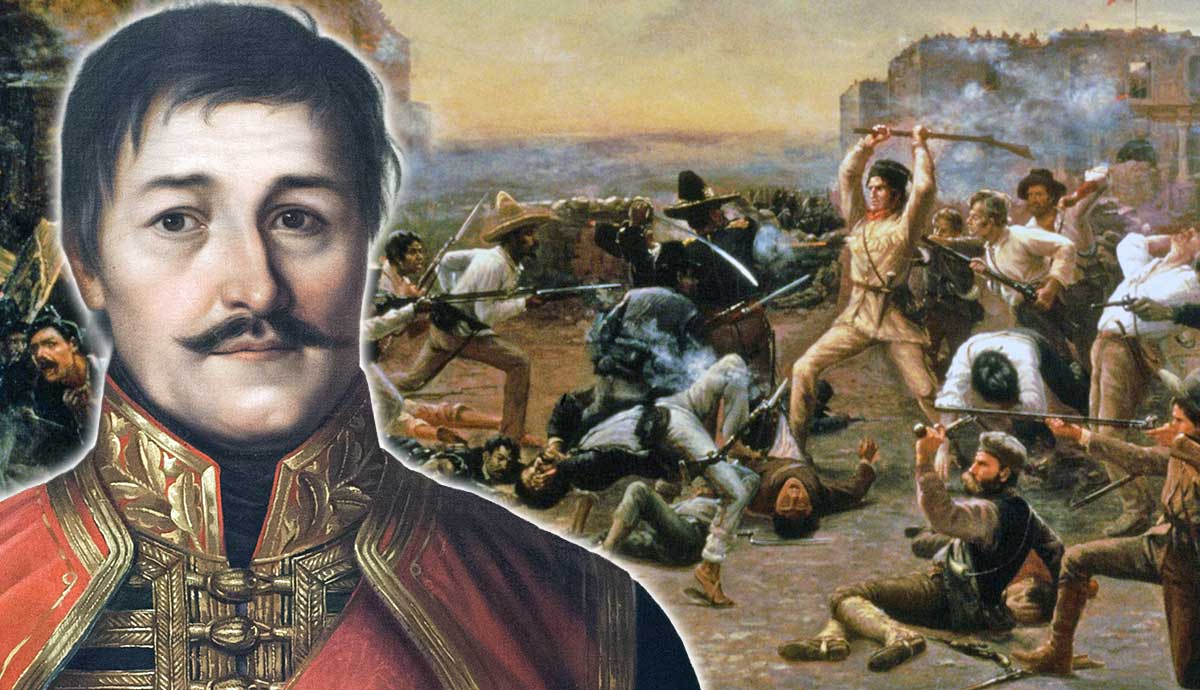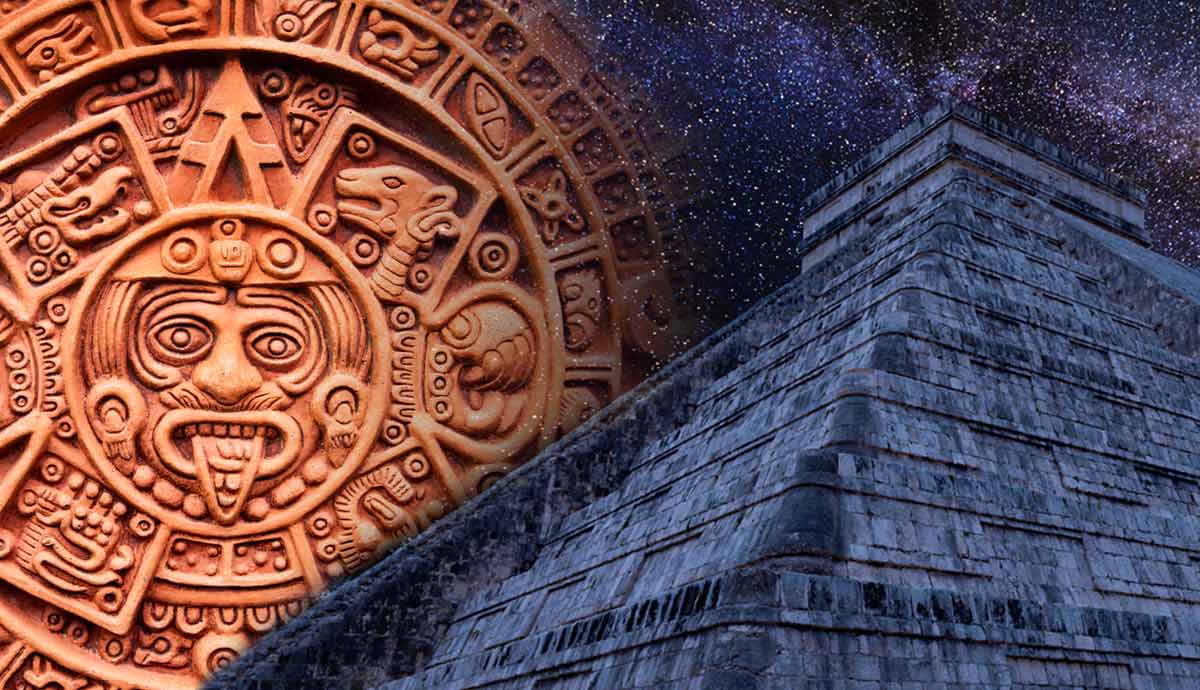
Brussels (French, Bruxelles; Dutch, Brussel; German, Brüssel) is the capital of the Kingdom of Belgium. But Brussels is more than the capital of one European country. In fact, the city boasts a unique status as a regional, national, and continental capital. As Professor Alex G. Papadopoulos points out, the existence of a “European Quarter” hosting multiple institutions of the European Union has made Brussels the de facto EU capital city.
The city’s foundations date back to 580 CE. However, as historian Paul F. State notes, Brussels was formally established between 977 and 979 CE. In this article, we’ll explore the history of Brussels through 11 iconic monuments, each of which tells a story about the city’s evolution and identity as Belgium’s capital and de facto capital city of Europe.
1. Everard t’Serclaes Monument

Everard t’Serclaes was a fourteenth-century citizen of Brussels and Lord of Kruikenburg. Historian Paul State explains that t’Serclaes helped drive out the Count of Flanders from Brussels in 1356. Louis de Male, Count of Flanders, disputed Joanna of Brabant’s right to succeed her father, John III, as ruler of Brussels.
Upon John III’s death in 1355, the Count of Flanders invaded Brussels and seized the city. But historian Samuel Humes says that Everard t’Serclaes led a daring evening attack on Brussels in October 1356. As a result, the Flemings were driven from the city, and Joanna and her husband Wenceslaus reclaimed Brussels.
In 1388, t’Serclaes was ambushed and murdered amid a land dispute. He was honored with this monument in 1902. The monument was sculpted by Julien Dillens. Local legend says that touching the monument’s arm can bring good luck.
2. Brussels Town Hall – Grand Place

This iconic central square has hosted a marketplace since the eleventh century. Historian Paul State explains the city’s Town Hall (French: Hôtel de Ville, Dutch: Stadhuis) is on the south side of the central square (Grand Place/Grote Markt).
Built in the Gothic style, it dates to the first half of the fifteenth century. Historian Paul State says that its construction encouraged the city’s merchants and artisans to build structures worthy of their status as participants in the municipal government.
Today, the result of this construction boom is evident in the form of numerous guild houses surrounding the square. Nearby towns like Bruges, Ghent, Antwerp, and Ypres became centers of the cloth trade and thus joined Brussels as major commercial hubs in Early Modern Europe.
Historian Samuel Humes explains that French King Louis XIV’s army devastated Brussels and the Grand Place during a 1695 siege. However, the city and the impressive buildings lining the Grand Place recovered quickly from this attack.
3. Mannekin Pis

The quirky statuette known as Mannekin Pis is a small boy urinating into a fountain. It is synonymous with Brussels. As Paul State points out, “Mannekin” means “little man.”
Mannekin Pis debuted in 1619 as a bronze statuette by Jérôme Duquesnoy the Elder. However, State says references in historical archives hint at a similar statuette’s existence in Brussels as far back as 1450.
This tiny statuette has always attracted attention. For example, State points out that invading armies have stolen it multiple times. Moreover, it served as a rallying symbol for the city, including during the 1695 siege by the French troops of the Sun King, Louis XIV.
Today, the Mannekin is often dressed in various costumes to commemorate holidays and special events. The city’s municipal museum houses his growing collection of ceremonial outfits.
4. The Royal Theater of La Monnaie

The theater is Belgium’s equivalent symbol of the storming of the Bastille at the onset of the French Revolution. In other words, this is the place where the country’s revolution began. Indeed, historian Samuel Humes notes that theatergoers joined protestors on the streets of Brussels in 1830.
Citizens of Brussels and many French-speaking Walloons resented King William I of the United Kingdom of the Netherlands’ autocratic style, anti-Catholic policies, and his preference for Dutch rather than Belgian officials and administrators. Worsening economic conditions in Belgium proved to be the spark that set off the massive demonstration outside the theater.
A patriotic aria, L’Amour Sacré de la Patrie, from the Daniel Auber opera La Muette de Portici, compelled the audience to join demonstrators in the streets of Brussels. The demonstrations outside the theater set in motion events in 1830-1831, which saw Dutch troops driven out of Belgium and Leopold of Saxe-Coburg-Gotha elected as King of the Belgians.
5. The Royal Palace

The Royal Palace is the centerpiece of the Royal Quarter. Built in the eighteenth century, It is the official workplace of the Belgian monarch. It sits on Coudenberg Hill and overlooks Brussels Park.
Historian Paul State points out that there have been castles and palaces on Coudenberg Hill since the eleventh century. Various ruling dynasties governed Brussels from this same spot, including the Dukes of Brabant, the Dukes of Burgundy, and the Habsburgs.
Samuel Humes explains that the current structure became a royal palace after Brussels became the co-capital of the United Kingdom of the Netherlands following the Napoleonic Wars.
The Royal Palace of Laeken in northern Brussels is the official residence of the Belgian royal family.
6. The Galeries Royales Saint-Hubert

King Leopold I inaugurated the Galeries Royales Saint-Hubert in June 1847. Historian Paul F. State said the galleries constituted the first shopping arcade in Europe. The shopping arcade consists of three connected halls.
Architect Jean-Pierre Cluysenaer designed a neo-Renaissance style shopping arcade. State mentions that the luxury shops and cafés became a popular meeting place for nineteenth century society. For example, literary giants like Victor Hugo and Alexandre Dumas attended events at the Galeries Royales Saint-Hubert.
King Leopold’s inauguration of the Galeries Royales Saint-Hubert reflected Belgium’s economic growth in the early years of independent statehood. At the same time, Samuel Humes points out that the shopping arcade also illustrates the growing demand for consumer goods and the rise of shopping as a leisure activity during the mid-nineteenth century.
Today, the shopping arcade remains a popular shopping and dining area in the heart of Brussels’ historic lower town.
7. Cinquantenaire Park

Historian Samuel Humes explains that the park opened in 1880 to commemorate Belgium’s 50th anniversary of independence. It hosts a Triumphal Arch, several museums, monuments, and walking paths. Although the triumphal arch was intended to celebrate the country’s 50th anniversary, it was not completed until 25 years later.
The expansive park also contains the Great Mosque of Brussels. While the building was initially constructed as an exhibition space in 1897, it became a mosque in 1978.
8. Art Nouveau Architecture

Art Nouveau emerged as one of the leading architectural movements of the first half of the twentieth century. The hallmarks of Art Nouveau design include decorative lines, stained glass, floral frescoes, and elaborately curled and twisted metalwork. Alex G. Papadopoulos points out that thousands of buildings constructed in Brussels around the turn of the last century reflected Art Nouveau styles.
Art Nouveau architecture in Brussels is synonymous with Victor Horta. Historian Samuel Humes points out that the Belgian architect oversaw numerous projects across the city, including private residences and public buildings.
Paul State mentions that Horta also originally designed the Brussels Central train station, which was inaugurated in 1952. One of the finest examples of Horta’s work is the building that houses the Horta Museum, which had been both Horta’s home and studio. Horta’s home and three of the architect’s other Brussels residential projects have made the UNESCO World Heritage List.
Other prominent practitioners of Art Nouveau architecture in Brussels include Paul Hankar and Jules Brunfaut.
9. The Atomium

Historian Paul State points out that, like the legendary Eiffel Tower in Paris, the Atomium was initially meant to be a temporary monument. Built for the 1958 World’s Fair, the Atomium is a futuristic monument that has become one of the city’s most iconic landmarks. Yet, as recently as the early 1990s, the Atomium was nearly demolished.
Shaped like a giant atom, the Atomium offers panoramic views of the city from its observation deck and houses several exhibitions on science, technology, and design.
10. The Berlaymont-Headquarters of the European Commission

Professor Desmond Dinan tells us that the European Commission’s Brussels Headquarters, the Berlaymont, is known to some as the “Berlaymonster.”
The European Commission is the EU’s main executive body. Simon Usherwood and John Pinder point out that the Commission also initiates legislation and oversees compliance. The Commission comprises 27 commissioners, each responsible for a particular policy area.
The Commission’s history with the Berlaymont dates to the 1960s. Brussels also became the headquarters of NATO in the 1960s, further reinforcing the city’s international and cosmopolitan credentials.
According to Desmond Dinan, the Berlaymont underwent a controversial, lengthy, and expensive renovation in the 1990s and early 2000s.
11. The Espace Léopold-European Parliament Complex

Along with Strasbourg, France, and Luxembourg City, the Espace Léopold is home to the European Parliament. According to Chris Bickerton, the parliament’s arrangement involving these three separate host cities is the cause for much confusion among the European Union’s population.
The European Parliament (EP) is the EU’s only directly elected body. As such, Simon Usherwood and John Pinder note that the EP has substantial powers over legislation, the EU budget, and the European Commission.
The postmodernist complex is nicknamed “Caprice des Dieux” (“Whim of the Gods”).
The Leopold or European Quarter, where these EU institutions are located, dates to the early days of Belgian independence. Indeed, Professor Alex G. Papadopoulos explains that the district was established in 1837. This neighborhood initially housed the country’s commercial and political elite.
However, by the first half of the twentieth century, many residents began relocating to newly built suburbs. By the 1950s, Papadopoulos pointed out that the quarter had started its transformation into the de facto capital of the EU.
References and Further Reading
Bickerton, C. (2016). The European Union: A Citizen’s Guide. Pelican.
Dinan, D. (2010). Ever Closer Union: An Introduction to European Integration, (4th ed). Lynne Rienner.
Humes, S. (2014). Belgium: Long United, Long Divided. Hurst &Company.
Papadopoulos, A.G. (1996). Urban Regimes and Strategies: Building Europe’s Central Executive District in Brussels. University of Chicago Press.
State, P.F. (2015). Historical Dictionary of Brussels. Rowman & Littlefield.
Usherwood, S. & Pinder, J. (2018). The European Union: A Very Short Introduction, (4th ed.). Oxford University Press.










